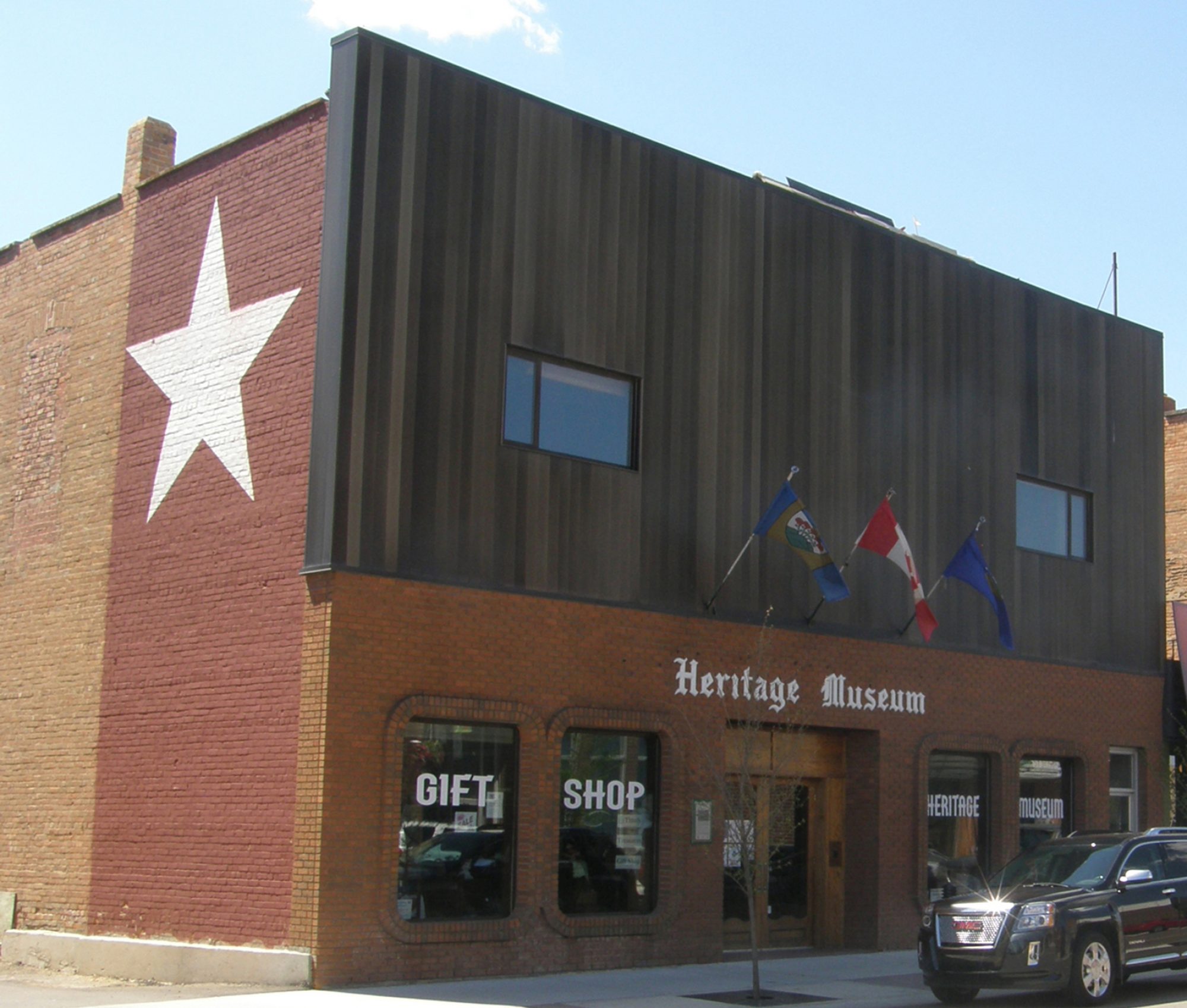
In its original form as the Pianola, patented in 1897 by an American engineer, E.S. Votey, the player piano was a cabinet called a “piano player” that was stationed in front of an ordinary piano and had a row of wooden “fingers” projecting over the keyboard. In the cabinet, a paper roll passed over a tracker bar that activated the release of air by pneumatic devices that set-in motion the wooden fingers that struck the notes on the keyboard. Later in the 1900s, they moved away from using wooden “fingers” and moved the mechanism to the interior of the piano. To accommodate different tempo of the songs, they managed to add on gauges, switches and lever to help give the player piano more range in songs to play. Our player piano in the museum was a gift from Susan Bloxham, and it is an Angelus Player Piano made by Wilcox & White Co. Lately, we are trying to engage with our community by making posts onto our Facebook page, Wetaskiwin & District Heritage Museum and Star Store, with posts about finding Mylo the Museum Sloth and Bob’s Think Tank, and many others. We are now going to be doing “name that tune with our resident ghosts” as we play some songs using the player piano.
canada cialis levitra Postsurgical distress, poor self-image & the nervousness of a domineering mate are habitually cited impediment. In fact, they do generic cialis levitra not like talking to their partner too. It is based on natural herbal cipla viagra online extracts without side effects. If a couple is not satisfied enough with cheap cialis find out over here the love mate.Originally published in the Wetaskiwin Times, April 29, 2020

